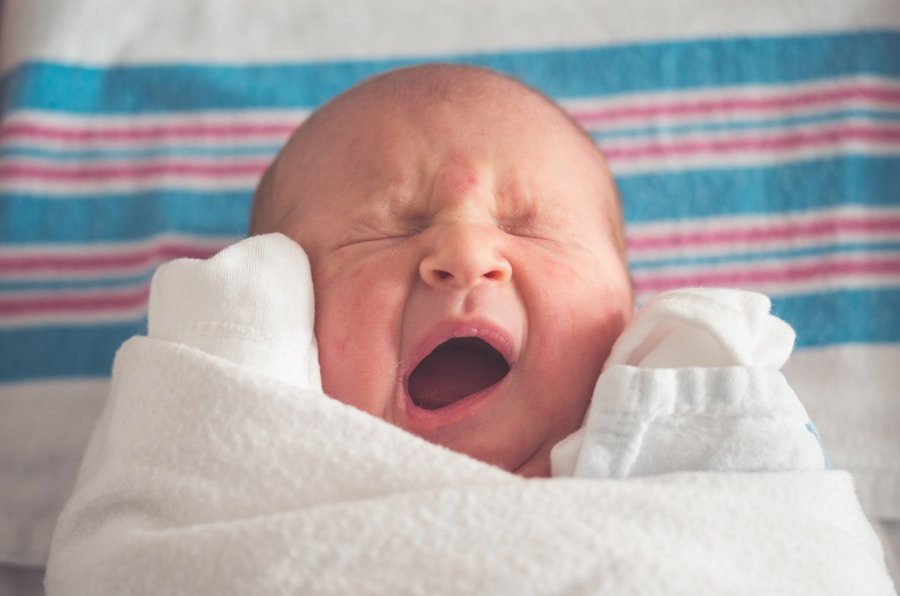When it comes to feeding your baby, the type of bottle you choose can have a significant impact on their overall health and development. The perfect baby bottle is one that not only provides the necessary nutrition for your little one but also promotes proper feeding techniques and minimizes the risk of common issues such as colic and gas. As a parent, it’s important to understand the science behind baby bottle design in order to make an informed decision that will benefit your child’s well-being.
The perfect baby bottle is one that is designed with the needs of both the baby and the parent in mind. It should be easy to use, easy to clean, and most importantly, safe for your baby to use. The right bottle can make a world of difference in your baby’s feeding experience, so it’s crucial to do your research and choose a bottle that meets all of your specific needs and preferences. By understanding the science behind baby bottle design, you can make a more informed decision and ensure that your baby is getting the best possible start in life.
Key Takeaways
- The material of the baby bottle plays a crucial role in its design and performance
- Nipple shape and flow are important factors to consider for the perfect baby bottle
- Temperature control can affect the design and functionality of a baby bottle
- Air ventilation in baby bottles can impact their performance and the baby’s feeding experience
- Choosing the right size and shape of the baby bottle is essential for meeting the baby’s needs
The Role of Materials in Baby Bottle Design
The materials used in baby bottle design play a crucial role in the overall performance and safety of the product. Traditionally, baby bottles were made from glass, but in recent years, there has been a shift towards using plastic and silicone materials. Each material has its own set of advantages and disadvantages, so it’s important to consider these factors when choosing the perfect baby bottle for your little one.
Glass baby bottles are known for their durability and ability to withstand high temperatures, making them a popular choice for many parents. However, they are also heavier and more prone to breaking, which can be a concern for some families. On the other hand, plastic and silicone bottles are lightweight and shatterproof, making them a more convenient option for on-the-go parents. However, there have been concerns about the potential leaching of harmful chemicals from plastic bottles, so it’s important to choose BPA-free options to ensure your baby’s safety. By understanding the role of materials in baby bottle design, you can make an informed decision that aligns with your preferences and values.
The Science of Nipple Shape and Flow
The shape and flow of the nipple on a baby bottle can have a significant impact on your baby’s feeding experience. The perfect nipple should mimic the natural shape and movement of a mother’s breast, allowing for a smooth and comfortable feeding process. Nipple shape and flow can also affect your baby’s ability to latch properly and regulate their milk intake, so it’s important to choose a bottle that offers the right level of support for your little one.
Nipples come in various shapes and sizes, each designed to accommodate different feeding preferences and developmental stages. For example, newborn nipples are typically smaller and slower-flowing to match a baby’s natural sucking reflex, while older babies may benefit from larger nipples with a faster flow rate. By understanding the science of nipple shape and flow, you can choose a bottle that promotes healthy feeding habits and supports your baby’s unique needs.
How Temperature Control Affects Baby Bottle Design
Temperature control is another important factor to consider when choosing the perfect baby bottle for your little one. The ability to maintain the desired temperature of breast milk or formula can have a significant impact on your baby’s feeding experience and overall comfort. Some bottles are designed with built-in insulation or warming features to help regulate temperature, while others may require additional accessories such as bottle warmers or coolers.
The ideal temperature for feeding your baby is around body temperature, which is approximately 98.6 degrees Fahrenheit. This temperature closely resembles the warmth of breast milk and can help soothe your baby during feeding time. By understanding how temperature control affects baby bottle design, you can choose a bottle that offers the right level of insulation and convenience for your specific needs.
The Impact of Air Ventilation on Baby Bottle Performance
Air ventilation is an often overlooked aspect of baby bottle design, but it can have a significant impact on your baby’s feeding experience. Proper ventilation helps prevent the buildup of air bubbles in the bottle, which can lead to discomfort and gas for your little one. Bottles with built-in venting systems or anti-colic features can help minimize these issues and promote a more comfortable feeding experience for your baby.
When air enters the bottle during feeding, it can cause your baby to ingest excess air, leading to discomfort and potential digestive issues. By choosing a bottle with effective air ventilation, you can help minimize these risks and ensure that your baby is able to feed comfortably without unnecessary interruptions. Understanding the impact of air ventilation on baby bottle performance can help you make an informed decision that supports your baby’s overall well-being.
Choosing the Right Size and Shape for Your Baby’s Needs
The size and shape of a baby bottle can have a significant impact on your baby’s ability to feed comfortably and effectively. Bottles come in various shapes and sizes, each designed to accommodate different feeding preferences and developmental stages. For example, smaller bottles may be more suitable for newborns with smaller appetites, while larger bottles may be necessary as your baby grows and requires more milk or formula per feeding.
In addition to size, the shape of the bottle can also affect your baby’s ability to hold and grip the bottle during feeding. Some bottles are designed with ergonomic shapes and anti-slip features to make it easier for babies to hold onto them independently as they grow older. By choosing the right size and shape for your baby’s needs, you can ensure that they are able to feed comfortably and confidently as they continue to develop.
The Future of Baby Bottle Technology: Innovations and Trends
As technology continues to advance, so does the world of baby bottle design. In recent years, there has been a surge in innovative features and trends that aim to improve the overall performance and convenience of baby bottles. From smart bottles with built-in temperature sensors to self-sterilizing options that eliminate the need for manual cleaning, there are countless new developments that are shaping the future of baby bottle technology.
One notable trend in baby bottle design is the use of sustainable materials and eco-friendly manufacturing processes. Many parents are now seeking out bottles that are made from recycled materials or biodegradable plastics in an effort to reduce their environmental impact. Additionally, there has been a growing focus on creating bottles with modular designs that allow for easy customization and adaptability as your baby grows.
In conclusion, understanding the science behind the perfect baby bottle is crucial for every parent who wants to provide their little one with the best possible start in life. From materials and nipple shape to temperature control and air ventilation, there are countless factors to consider when choosing the right bottle for your baby’s needs. By staying informed about the latest innovations and trends in baby bottle technology, you can make a more informed decision that aligns with your values and supports your baby’s overall well-being. As technology continues to evolve, we can expect even more exciting developments in the world of baby bottle design that will continue to shape the future of infant feeding for years to come.
FAQs
What is the science behind the perfect baby bottle?
The science behind the perfect baby bottle involves understanding the needs of a baby’s developing oral motor skills, the flow of milk, and the prevention of colic and gas.
What features should parents look for in a baby bottle?
Parents should look for baby bottles with a slow flow nipple to mimic breastfeeding, anti-colic features such as venting systems, and materials that are safe and easy to clean.
How does the design of a baby bottle impact a baby’s feeding experience?
The design of a baby bottle can impact a baby’s feeding experience by promoting proper latch and suckling, reducing the intake of air, and preventing nipple confusion for breastfed babies.
What are the benefits of using a scientifically designed baby bottle?
Using a scientifically designed baby bottle can help reduce the risk of colic and gas, promote healthy oral motor development, and provide a more natural feeding experience for the baby.
Are there any safety considerations when choosing a baby bottle?
When choosing a baby bottle, parents should consider the materials used, such as BPA-free plastic or glass, and ensure that the bottle is easy to clean and sterilize to prevent bacterial growth.



































